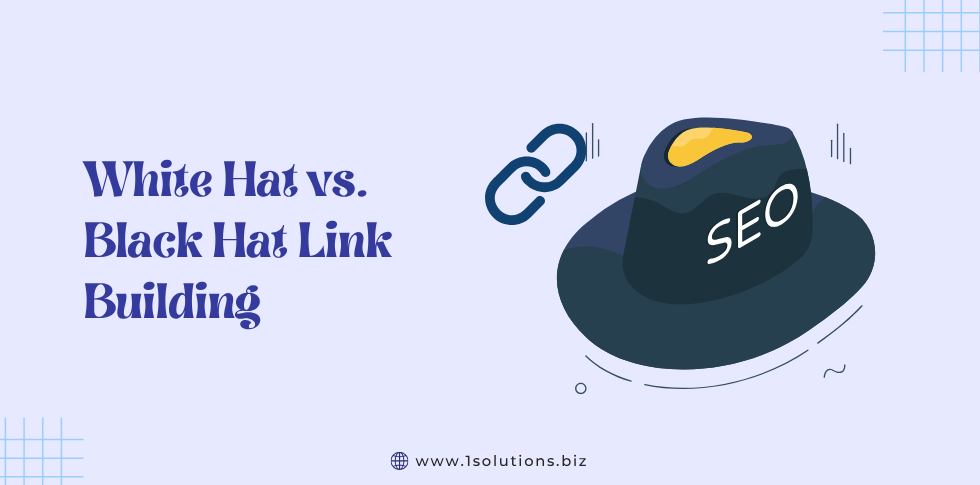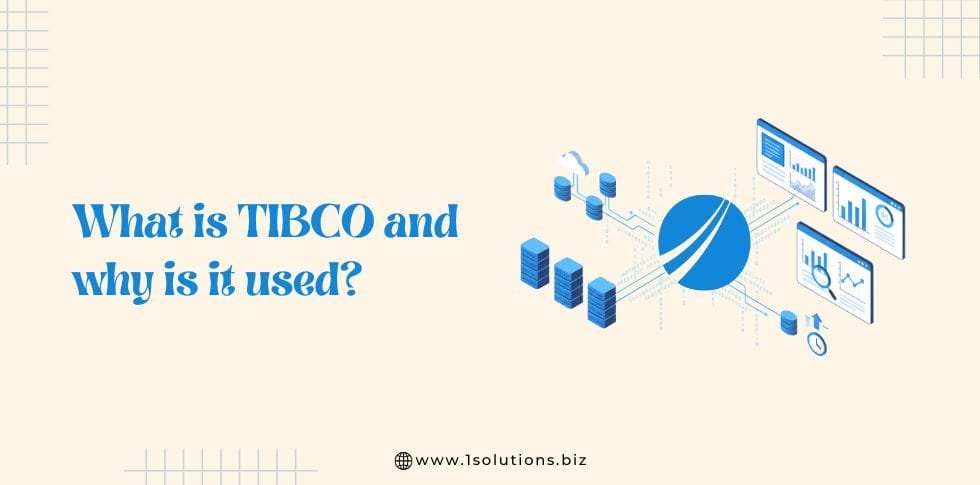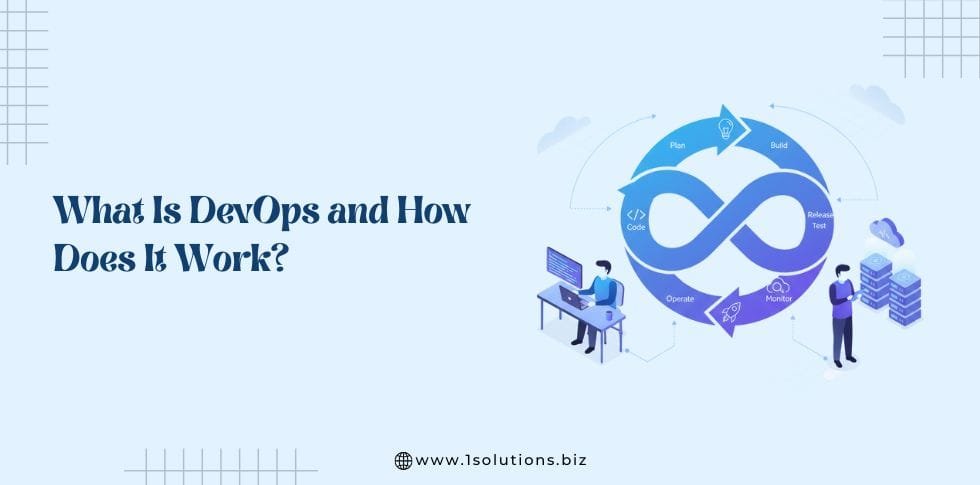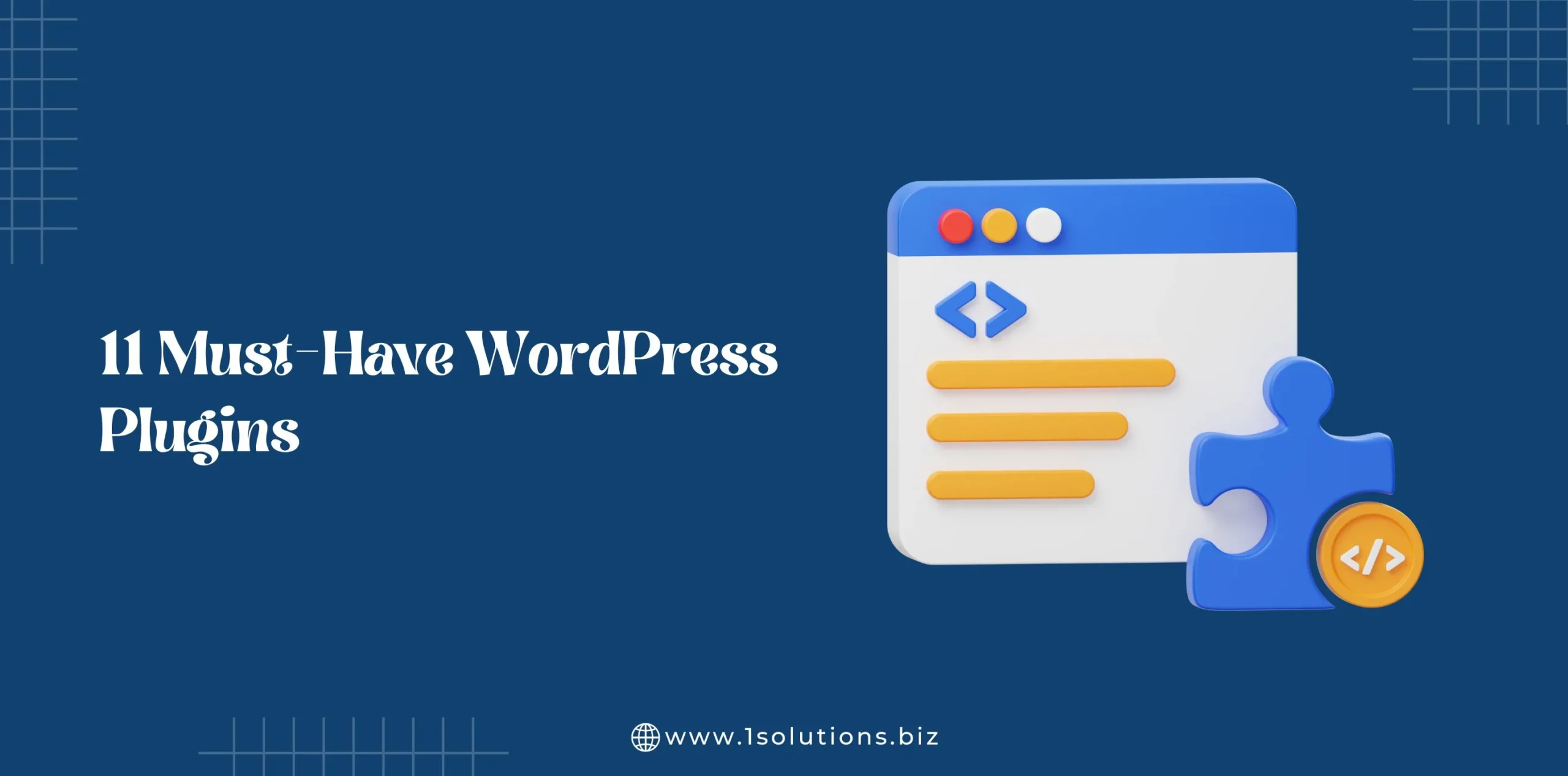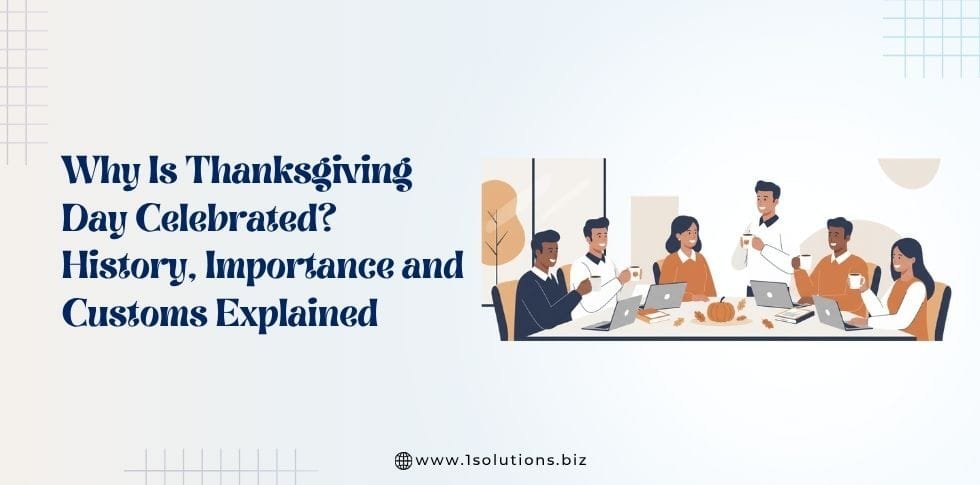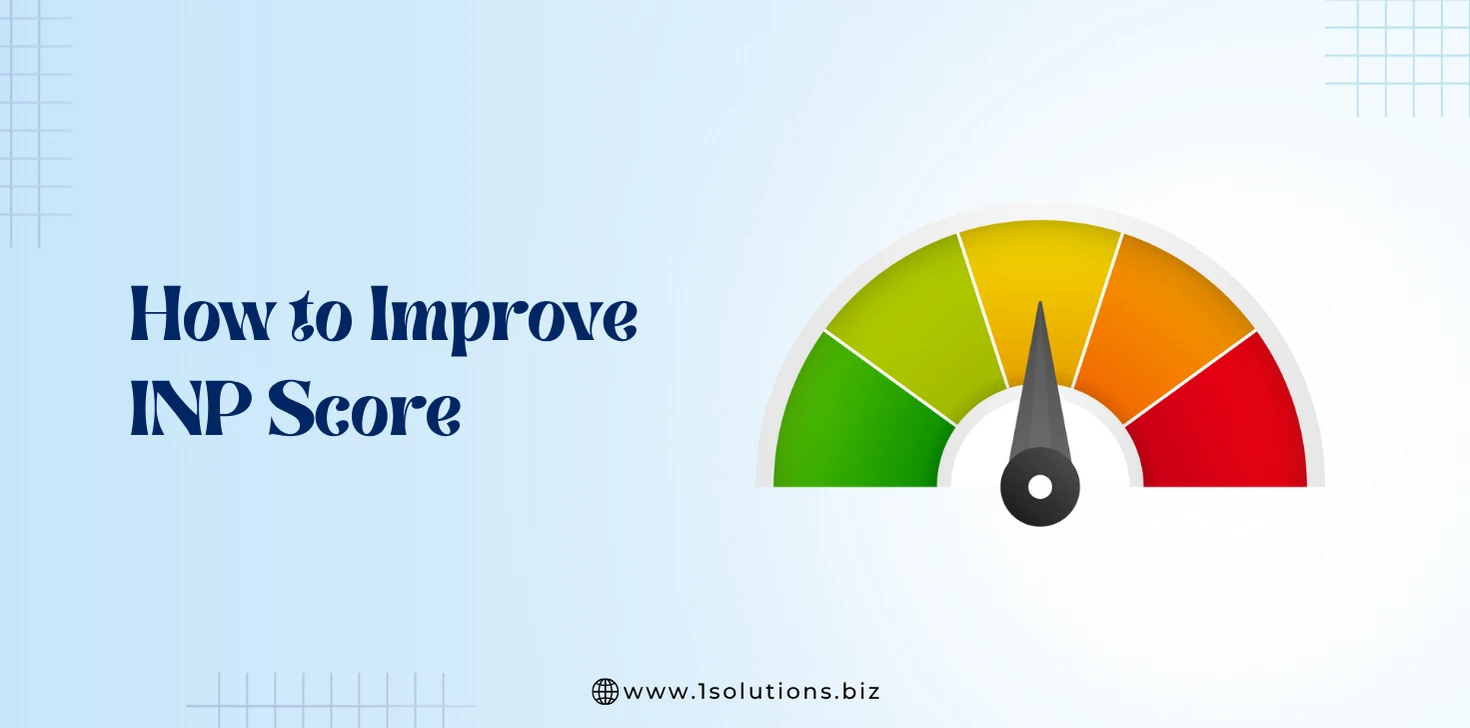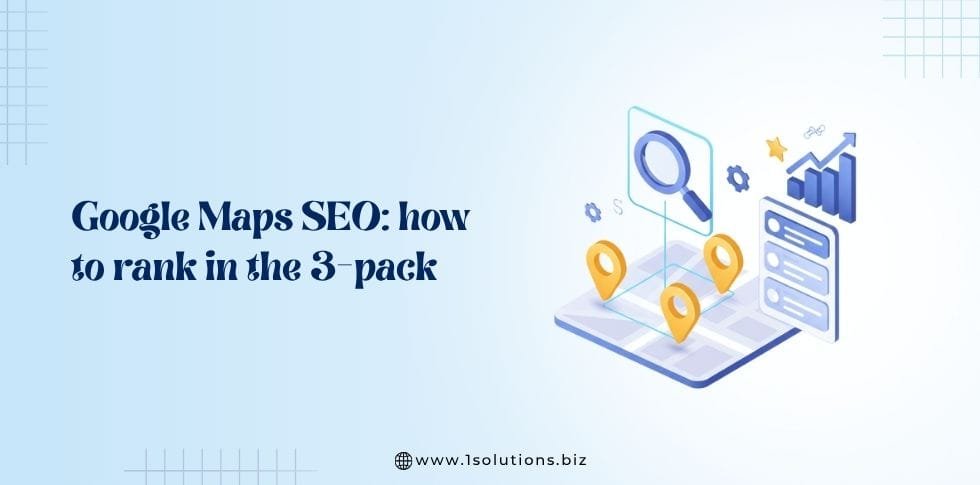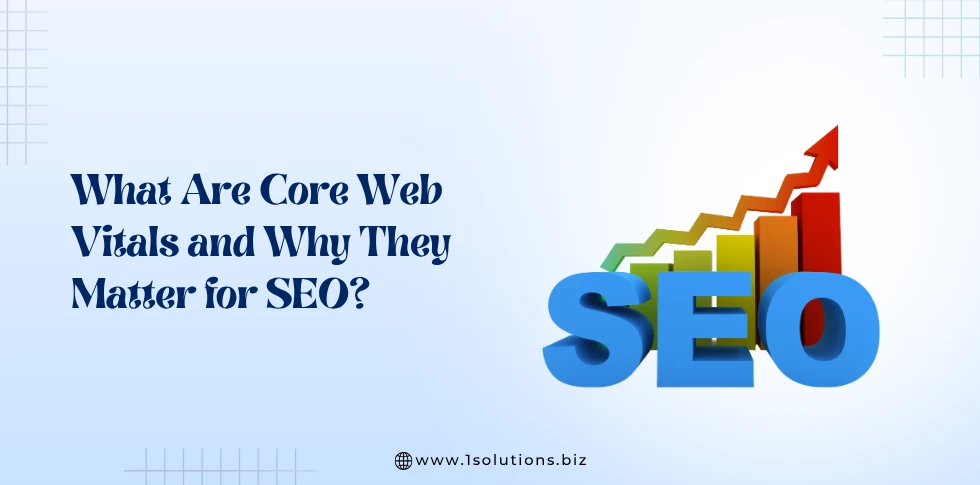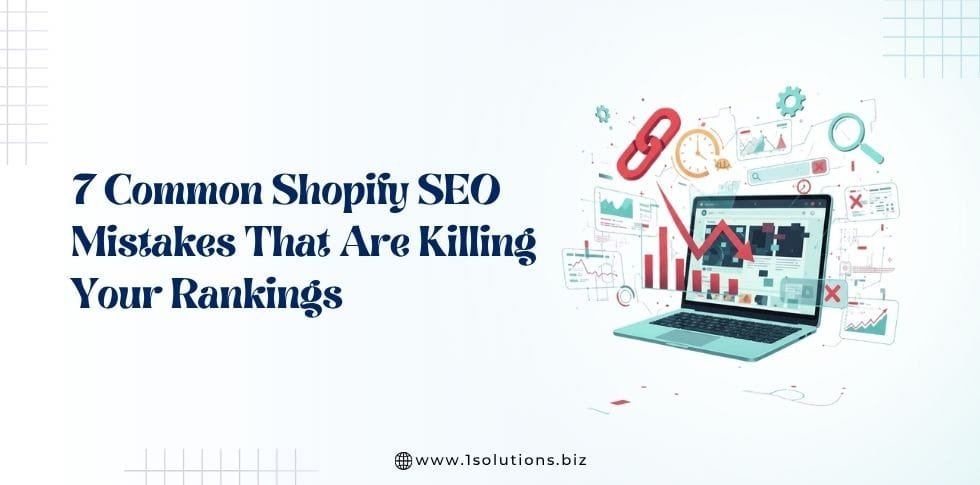Link building remains a critical pillar of SEO in 2025. Despite the evolution of Google’s algorithms, quality backlinks continue to be a top-ranking factor—serving as votes of trust and authority for your website.
But not all link-building methods are created equal.
Some marketers follow white hat strategies—ethical, sustainable, and Google-approved. Others chase quick wins through black hat tactics—manipulative techniques that may deliver short-term boosts but often invite penalties or long-term damage.
This guide offers a clear, no-nonsense comparison between white hat and black hat link building. Whether you’re a business owner, SEO professional, or digital marketing company, this article will help you make smart, future-safe decisions about how to earn backlinks that actually grow your business.
What Is White Hat Link Building?
White hat link building refers to SEO practices that align with Google’s Webmaster Guidelines. These strategies focus on creating value through genuine content, outreach, and digital relationships—earning backlinks because your content deserves them.
White hat SEO is ethical, scalable, and resilient to algorithm updates.
Proven White Hat Link Building Strategies
Here are some of the most effective white hat techniques being used in 2025:
- Digital PR Campaigns
Publish data-driven press releases or thought leadership pieces that attract coverage from top media outlets and blogs. - Content Marketing & Blogging
Build high-value resources (guides, industry studies, infographics) that others want to cite and link to. - HARO (Help a Reporter Out)
Answer journalist queries and get featured in top publications with authoritative backlinks. - Unlinked Brand Mentions
Use tools like Ahrefs or Semrush to find online mentions of your brand and request the site owner to add a link. - Link Reclamation
Recover broken links to your site by redirecting or reaching out to webmasters. - Guest Posting (Editorial Only)
Write high-quality articles for reputable niche blogs with natural author bio links. - Resource Page Outreach
Find pages that list useful tools or blogs in your niche and suggest your content as a valuable addition.
What Is Black Hat Link Building?
Black hat link building involves manipulative tactics that go against Google’s policies. These techniques are designed to trick algorithms, not provide value to users. While they might work temporarily, they almost always lead to penalties or algorithmic demotions.
Common Black Hat Techniques to Avoid
- Private Blog Networks (PBNs)
Creating a network of interlinked sites solely to pass link equity. Google’s algorithms are now adept at spotting and deindexing PBNs. - Buying Links
Paying for links from sites that have no editorial standards or relevance to your niche. - Comment Spam
Auto-posting low-quality, irrelevant comments with links on forums or blogs. - Cloaking & Redirect Manipulation
Showing different content to users and search engines to game rankings. - Automated Link Building Tools
Tools that create thousands of low-quality links using bots or spun content. - Footer or Site-Wide Links on Irrelevant Sites
Mass linking in footers or widgets with exact match anchors.
Must Read: How to Remove Bad Backlinks from Google
What Google Says (and Will Say) About Links
Google Spam Updates & Link Policy
Google’s Link Spam Update (December 2022) and continued enforcement in 2023–2025 reaffirm that:
- Paid links must use
rel="sponsored" - Excessive link exchanges or low-quality guest posts are flagged
- Links must have editorial value and user benefit
Any links intended to manipulate PageRank or a site’s ranking… may be considered part of a link scheme and a violation of our guidelines.” — Google Search Central
Must Read: Common Myths About Backlink Building
The Future of Links in AI-Driven Search
As we move deeper into the era of AI-powered search engines—like Google’s Search Generative Experience (SGE), Perplexity AI, Bing Copilot, and ChatGPT’s browsing plugins—the role of backlinks is evolving, but far from obsolete.
While traditional SEO has always valued links as a core ranking signal, AI-driven search introduces new contexts where quality matters more than quantity.
1. Links Still Matter—but Context Is King
In AI search environments, the quality, relevance, and context of a backlink are more important than ever. These AI engines:
- Crawl links to validate the credibility of sources.
- Evaluate whether a page has Experience, Expertise, Authoritativeness, and Trustworthiness (E-E-A-T).
- Prefer authoritative, well-cited pages when generating AI answers or knowledge panels.
So, backlinks from top-tier, topic-relevant sources (like industry blogs, news media, .edu, or .gov domains) carry more weight in AI-generated content than mass backlinks from mediocre domains.
2. Influence on AI-Generated Snippets & Summaries
AI tools like Google SGE don’t just display 10 blue links anymore—they summarize content in a conversational format and cite sources contextually. The selection of these cited sources is influenced by:
- Topical relevance and page quality
- Structured data (schema markup)
- Backlink profile trust signals
Sites with high-quality backlinks are more likely to be:
- Featured directly in an SGE snapshot
- Quoted in AI-generated summaries
- Suggested as “read more” resources
In other words, strong white hat link building increases your visibility in AI-driven interfaces—not just in traditional SERPs.
3. Impact on Zero-Click Searches
AI-driven answers are accelerating the rise of zero-click searches—where users get the answer without clicking through. While this reduces direct traffic from some queries, it increases the value of:
- Being cited as a source
- Earning brand visibility within the AI summary
- Driving trust and follow-up actions (e.g., brand searches, lead generation)
To get cited in these answers, you need:
- Well-linked, high-E-E-A-T content
- Natural link profiles
- Proper internal linking and source attribution
4. Links as a Component of AI Training Data
Search AI engines (including ChatGPT’s web browsing, Gemini, and Perplexity) often crawl the web to train or update their answer models. Pages with strong backlinks are more likely to be:
- Included in training datasets
- Used as basis for factual answers
- Recognized as authoritative over time
This gives link building a long-term compounding effect on brand authority in AI-driven ecosystems.
5. White Hat Links Strengthen AI Trust Signals
White hat link building naturally feeds into modern AI trust metrics, which evaluate:
- Author profiles and credentials
- Publisher/domain authority
- External references (backlinks)
By consistently earning links through guest features, PR, and editorial mentions, you reinforce your brand’s legitimacy—not just for Google’s algorithm, but also for AI systems trying to rank or recommend reliable information.
Must Read: Effective Link Building Techniques That Work
Transitioning to Safe Link Building: A 5-Step Plan
If your site has used questionable backlink strategies in the past—or if you’re unsure whether your current link profile aligns with Google’s quality standards—it’s time to pivot toward a sustainable, ethical, and performance-driven approach. Below is a practical 5-step plan to help you transition from risky or outdated methods to future-proof white hat link building.
Step 1: Perform a Comprehensive Backlink Audit
Start by understanding where you currently stand. A backlink audit helps you identify which links are helping, hurting, or doing nothing for your SEO.
- Use tools like Ahrefs, Semrush, or Google Search Console to extract your entire backlink profile.
- Sort links by:
- Domain Authority (DA) or Domain Rating (DR)
- Anchor text usage
- Follow vs nofollow status
- Relevance to your niche
- Link placement (e.g., in content vs footer)
- Flag links that are:
- From irrelevant or spammy sites
- Using exact-match anchors aggressively
- Site-wide links from unrelated domains
- Links from deindexed or penalized domains
Tip: Download your full backlink list and annotate it with action flags: KEEP, REMOVE, or REVIEW.
Step 2: Remove Toxic Links & Submit a Disavow File
Once you’ve identified risky or unnatural links, take steps to clean them up.
- Reach out manually to webmasters requesting link removal (especially if they’re linking to you without permission).
- If unsuccessful or impractical, compile these URLs or domains into a Google Disavow File and submit it via Google Search Console.
Format: domain:spammydomain.com http://badsite.com/bad-link-page
- Google will consider your disavow request when evaluating your site’s rankings.
Pro Tip: Be cautious and avoid disavowing links that may look low-quality but are natural and relevant. Over-disavowing can backfire.
Step 3: Align Content with Link-Worthy Topics
To earn natural links, your website needs linkable assets—valuable content that others want to reference or share.
- Create comprehensive guides, statistics pages, industry studies, or interactive tools.
- Focus on E-E-A-T principles: content should demonstrate Experience, Expertise, Authoritativeness, and Trustworthiness.
- Use tools like BuzzSumo, SurferSEO, or Clearscope to research trending, shareable content ideas in your niche.
- Update and optimize existing content to make it more attractive for organic linking.
Example Content Ideas:
- “Top [Industry] Trends Report 2025”
- “[Niche] ROI Calculator”
- “Beginner’s Guide to [Service/Tool]”
Step 4: Build a White Hat Outreach System
Transitioning to ethical link building means putting outreach and relationship-building at the core of your strategy.
How to set up a sustainable outreach system:
- Segment your targets
- Bloggers, journalists, webmasters, podcast hosts, or newsletter curators.
- Use tools like Hunter.io, Apollo.io, or LinkedIn Sales Navigator to find contacts.
- Craft personalized outreach templates
Avoid spammy templates. Focus on relationship-first messaging.“Hi [Name], I came across your article on [Topic] and loved your take on [Specific Insight]. I recently published a detailed guide on [Your Topic]—might be a helpful resource for your readers. Open to your feedback!”
- Use tools for efficiency
- Use Pitchbox, Respona, or BuzzStream to manage campaigns.
- Track open rates, replies, and follow-ups.
- Offer value, not gimmicks
Suggest collaboration, expert insights, or co-authored content instead of asking for a direct link.
Step 5: Monitor, Measure & Refine
Link building is not a one-time task—it’s an ongoing effort. Once you’ve implemented ethical practices, monitor performance to refine your approach.
Key performance indicators (KPIs) to track:
- Number of referring domains (especially from high-authority, relevant sites)
- Organic traffic growth to key pages
- Anchor text distribution (ensure it’s natural and diverse)
- Visibility in AI-driven search platforms like Google SGE and Bing Copilot
- Link velocity (growth rate of new backlinks—should appear organic)
Tools to use:
- Ahrefs or Semrush for weekly backlink tracking
- Google Search Console for indexing and coverage issues
- GA4 for page-level traffic monitoring
- BrandMention or Mention.com to track earned brand mentions and unlinked citations
Set a monthly review cycle:
- Identify what’s working (e.g., HARO is getting featured links)
- Refine or replace what’s not (e.g., cold outreach with low response)
Must Read: Link Building SEO Guide for 2025
FAQs: Common Link Building Questions
1. What is the difference between white hat and black hat link building?
White hat link building follows Google’s guidelines and focuses on earning links through high-quality content and outreach. Black hat link building uses manipulative tactics like paid links, PBNs, and spammy automation that violate policies and risk penalties.
2. What’s the ROI difference between white hat and black hat link building?
White hat delivers slower but compounding long-term value. Black hat may offer quick wins, but it risks traffic drops, manual actions, and long-term loss of rankings and reputation.
3. How does Google detect paid or unnatural links?
Google uses AI, link pattern analysis, anchor text signals, and manual reviews to detect manipulative or paid links. Lack of rel=”sponsored”, irrelevant linking sites, and sudden link spikes are red flags.
4. Are guest posts still safe for link building?
Yes, if done on relevant, high-quality websites with editorial oversight. Avoid low-quality link farms or sites that accept any content for a fee.
5. Should I still use nofollow links in my strategy?
Yes. Nofollow links help diversify your profile and can still drive traffic and visibility. A healthy link profile includes a mix of follow, nofollow, and sponsored links.
6. How often should I audit my backlink profile?
Ideally once every quarter, and especially after any Google core update or significant ranking drop. Use tools like Ahrefs, Semrush, or Google Search Console for in-depth analysis.
7. Do directory submissions and Web 2.0 links still work?
They have limited SEO value today but can support brand visibility and local SEO. Focus only on reputable, niche-relevant directories and platforms.
8. How many backlinks do I need to rank?
There is no fixed number. Quality outweighs quantity. A handful of high-authority, relevant backlinks can outperform hundreds of spammy ones.
9. Can you recover from black hat link building penalties?
Yes. With proper auditing, disavowal, manual outreach, and a pivot to white hat practices, most sites can recover from penalties over time.
Ready to Build Safe, Sustainable Links?
The future of SEO is ethical, user-focused, and algorithm-proof. If you’re still relying on shady tactics or unsure where your backlinks stand, it’s time to evolve.
Get a Free Backlink Audit Today
At 1Solutions, we specialize in white hat link building services that protect your rankings and help you grow in the AI-first search era. Let’s build links that last.



















